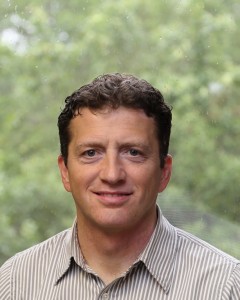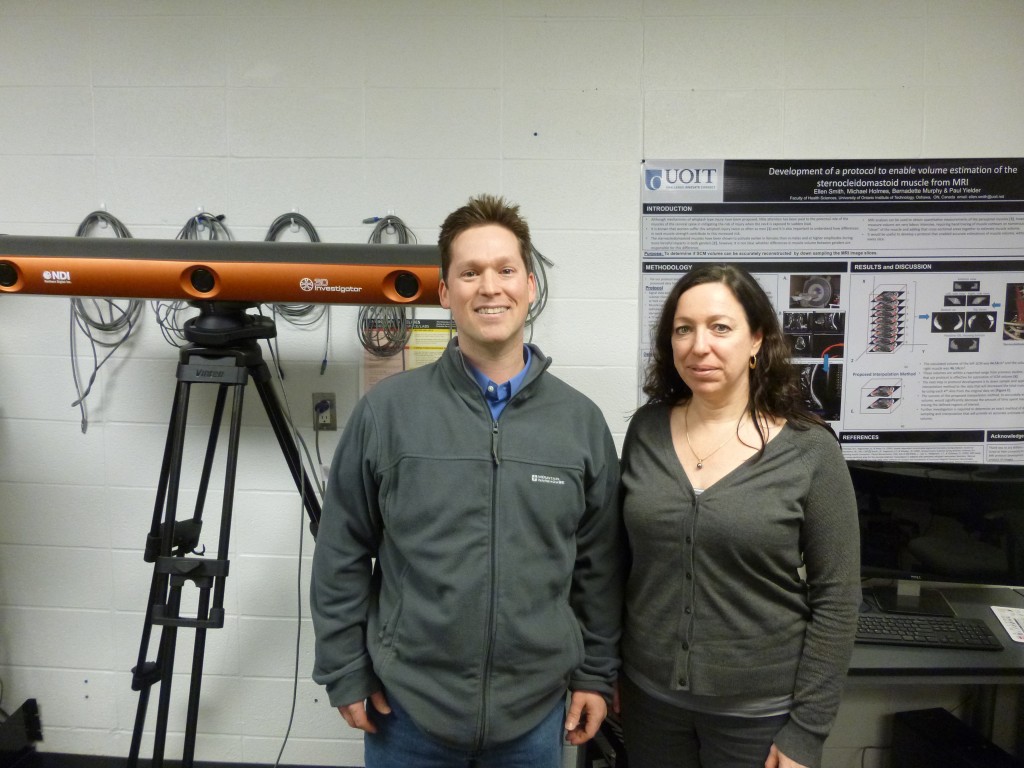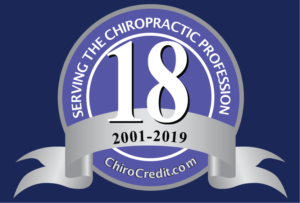 Listen to this great interview with Dr. John Srbely as we talk about his research interests in chiropractic, myofascial pain, myofascial trigger points and central sensitization. Dr. Srbely is a researcher and Assistant Professor at the University of Guelph in the Department of Human Health and Nutritional Sciences. He studies the physiologic mechanisms of myofascial trigger points and their role in the clinical expression and treatment of pain and joint/muscle dysfunction in chronic disease. A core theme to his research is the study of central sensitization which is a fundamental neuradaptive process associated with the pathophysiology of pain and disease.
Listen to this great interview with Dr. John Srbely as we talk about his research interests in chiropractic, myofascial pain, myofascial trigger points and central sensitization. Dr. Srbely is a researcher and Assistant Professor at the University of Guelph in the Department of Human Health and Nutritional Sciences. He studies the physiologic mechanisms of myofascial trigger points and their role in the clinical expression and treatment of pain and joint/muscle dysfunction in chronic disease. A core theme to his research is the study of central sensitization which is a fundamental neuradaptive process associated with the pathophysiology of pain and disease.
Dr. Srbely’s research expertise and interests lie in the fields of clinical biomechanics and neurophysiology. He has a specific interest in the study of pain and joint function associated with aging and chronic disease such as osteoarthritis, myofascial pain and fibromyalgia. To this extent, he studies the physiologic mechanisms of myofascial trigger points and their role in the clinical expression and treatment of pain and joint/muscle dysfunction in chronic disease. A core theme to his research is the study of central sensitization. Central sensitization is a fundamental neuradaptive process associated with the pathophysiology of pain and disease, however, the impact of central sensitization on the physiologic expression of chronic myofascial pain and human mechanics/pathomechanics in chronic degenerative diseases such as osteoarthritis is poorly understood. Dr. Srbely’s research initiatives aim to develop novel/enhance existing treatment approaches in clinical pain management (diagnosis and treatment) and musculoskeletal biomechanics/pathomechanics associated with chronic diseases and aging.
View Dr. Srbely’s research at researchgate.net.
Here are some of the articles we discuss in this episode:
|
1.
|
Knowledge Transfer within the Canadian Chiropractic Community. Part 1: Understanding Evidence-Practice Gaps.
J Can Chiropr Assoc. 2013 Jun;57(2):111-5.
PMID: 23754855 Free PMC article. No abstract available. |
|
2.
|
Immediate effects of spinal manipulative therapy on regional antinociceptive effects in myofascial tissues in healthy young adults.
J Manipulative Physiol Ther. 2013 Jul-Aug;36(6):333-41. doi: 10.1016/j.jmpt.2013.01.005. Epub 2013 Jul 3.
PMID: 23830709 Clinical Trial. |
|
3.
|
Spinal manipulative therapy and its role in the prevention, treatment and management of chronic pain.
J Can Chiropr Assoc. 2012 Mar;56(1):5-7.
PMID: 22457535 Free PMC article. No abstract available. |
|
4.
|
Chiropractic science: a contemporary neurophysiologic paradigm.
J Can Chiropr Assoc. 2010 Sep;54(3):144-6.
PMID: 20808613 Free PMC article. No abstract available. |
|
5.
|
Capsaicin-induced central sensitization evokes segmental increases in trigger point sensitivity in humans.
J Pain. 2010 Jul;11(7):636-43. doi: 10.1016/j.jpain.2009.10.005. Epub 2009 Dec 16.
PMID: 20015704 Clinical Trial. |
|
6.
|
Knowledge Transfer within the Canadian Chiropractic Community. Part 2: Narrowing the Evidence-Practice Gap.
J Can Chiropr Assoc. 2014 Sep;58(3):206-14.
PMID: 25202148 Free PMC article. No abstract available. |




